AI Part 2: Don't fear AI
Intro
Hi there! This will be a continuation of my first blog post where I talked about the question “is AI is harmful or helpful”. You can read the first blog post here. Let’s review what my first post was about: I concluded that AI becoming evil is not possible. The reason for that is that general artificial intelligence is needed for that scenario. The question now is: do I still hold the same views as before?
Evil AI nowhere near
Not too surprisingly, I do still hold the same view: AI will not become evil. Consciousness and human thoughts are still not really understandable at the moment. The chance that AI will suddenly develop spontaneous malicious intent is therefore not possible at all. So what else are people afraid of?
Some examples
Biased AI
I talked about biased AI in my first blog. Here’s an article explaining why they happen.
Moreover, I learnt some new interesting use cases from the course (all of them applications of GAN):
Generating faces
Faces of humans who don’t exist.
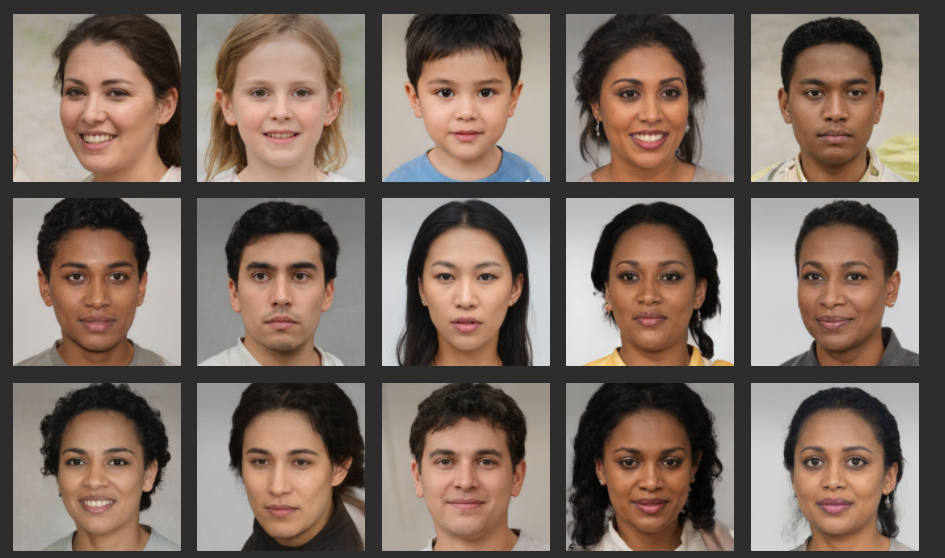
Fake videos
Or realistic fake videos of you. Let’s say someone puts in on the internet with some altered audio saying stupid things.
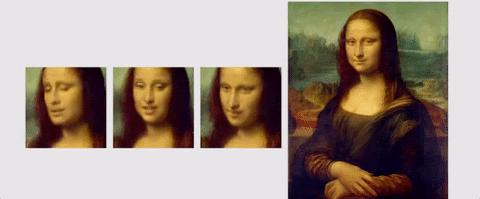
Art
Some systems can even turn photos into an art with a chosen stylistic elements:
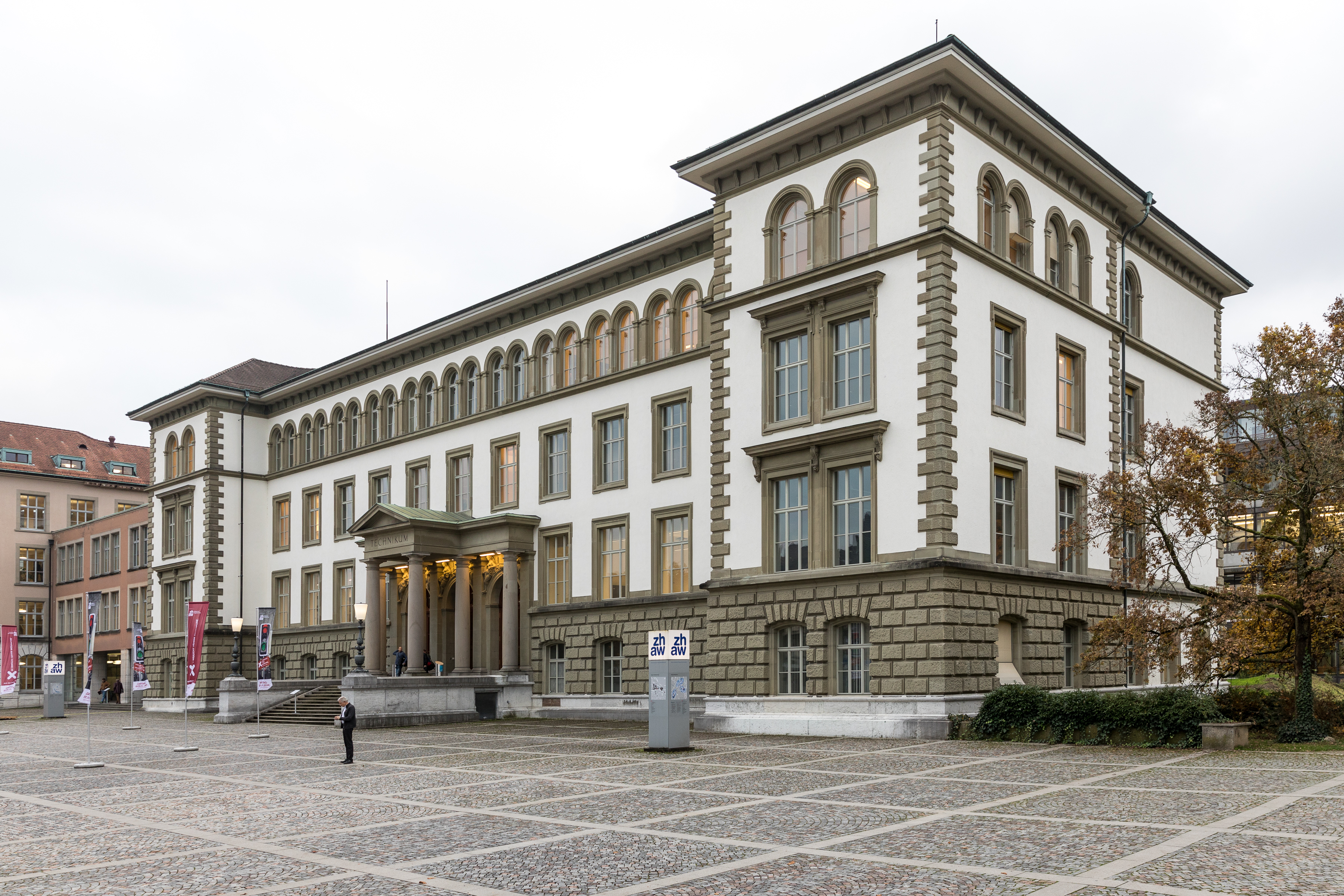
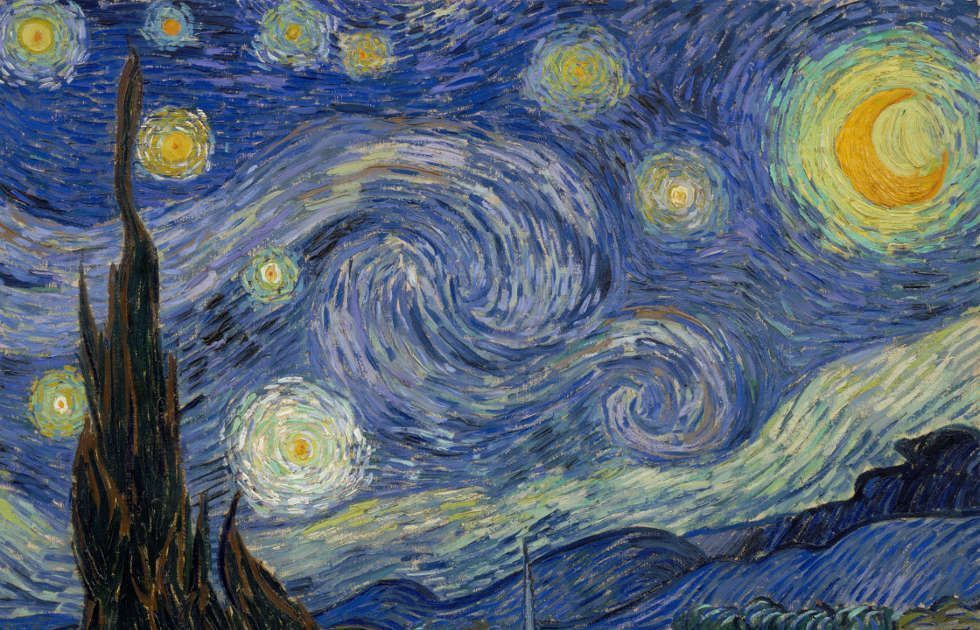

Creating fear
People start to overestimate and generalize what AI can do and think that anything can be generated with AI. E.g. AI starts to generate fake media and fake news to start war. Or this article and also on my first blog talking about algorithms could be used in future to decide more serious issues, like prison sentences. Biased AI is a threat to our freedom.
My view change on AI predictions
The problem with these AI predictions are that humans have the past of making wrong predictions. In my opinion this case is the same with AI. The deadly sins of AI predictions here are the reasons why they happen.
This article e.g. contends that robots will take over half of today’s jobs in 10-20 years. Rodney Brooks explains that this is an example of mistaken prediction due to the seven deadly sins.
He says:
“Almost all innovations in robotics and AI take far, far, longer to be really widely deployed than people in the field and outside the field imagine.“
It was the same in the early 1950s when the age of the computer arrived. And until today new technology has always been the scapegoat to blame joblessness. Here are some previous headlines of articles ranging from 1950, 1960 and 1980. You can find more of them on this blog post:
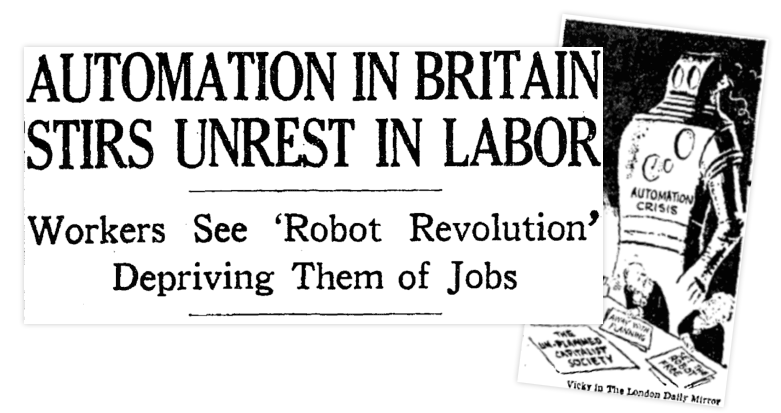
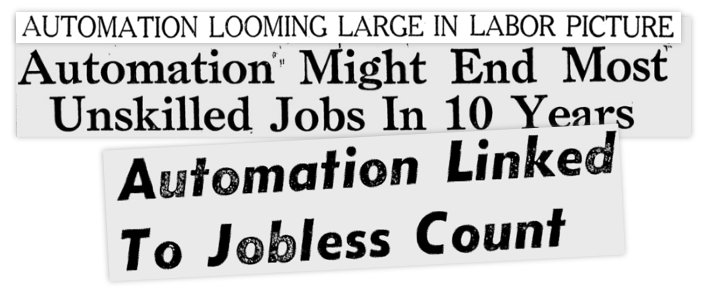
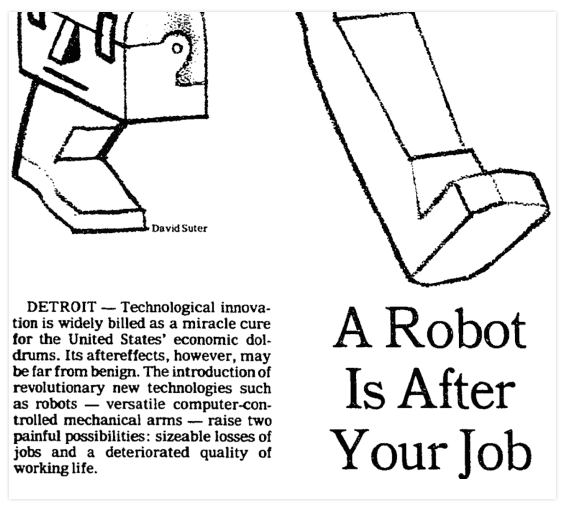
If we look back to these articles we can conclude that the fear was time-wasting. It is true that jobs will be replaced but we tend to forget that new technologies open up new opportunities and also create new jobs. Furthermore, the whole shift will be a slow process.
Conclusion
To conclude, awareness is important but fear and hysteria keep us from working productively. Innovations evolve over time and the changes in our society will not be sudden and unexpected as many people think. Making predictions and having visions are interesting but not realistic in short-term.